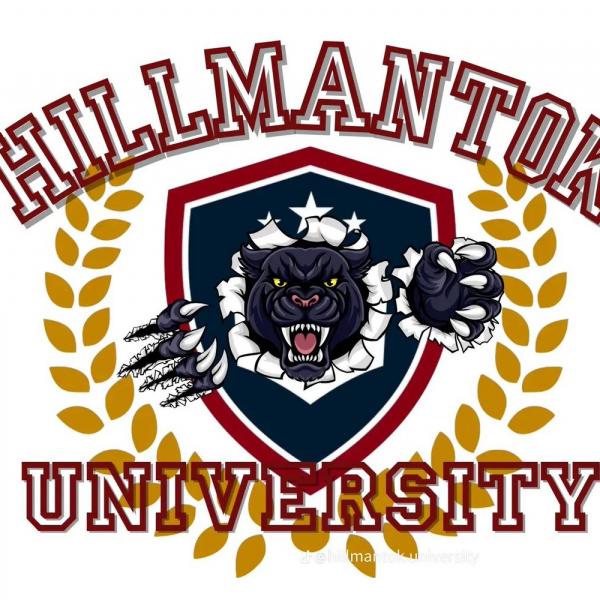Deniz Gundogan Ibrisim is a PhD candidate in the Program in Comparative Literature, Fulbright Scholar and a former Graduate Student Fellow in the Center for the Humanities. Her dissertation is titled “Trauma, Survival and Survivance in Contemporary Anglophone and Turkish Literature: Materiality Beyond Mind.”
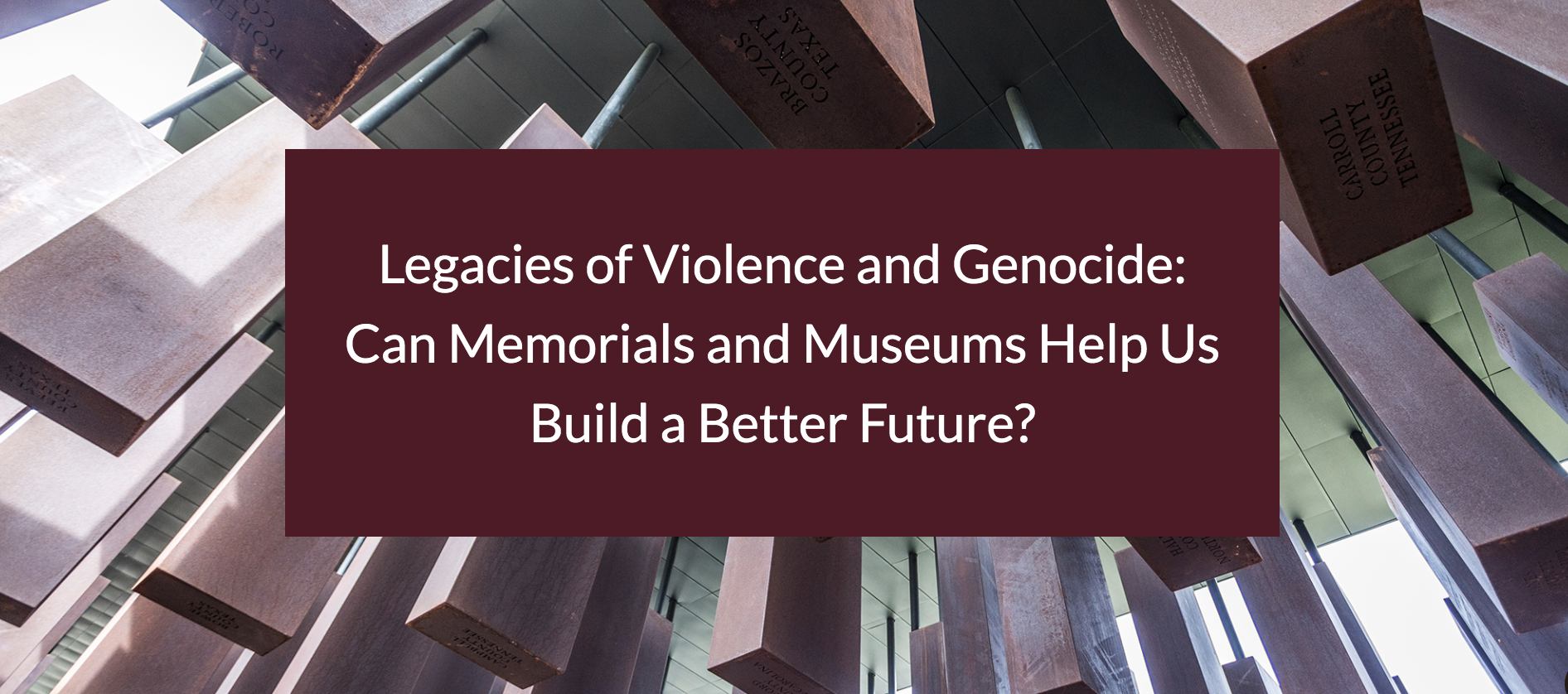
The 2020 Holocaust Memorial Lecture — titled “Legacies of Violence and Genocide: Can Memorials and Museums Help Us Build a Better Future?” — was held on November 12, 2020. Due to the COVID-19 pandemic and its current global shift in meetings and events, the lecture moved from in-person gatherings to a virtual roundtable, discussing the role of museums and memorials within the worldwide practices of remembrance, reconciliation and prevention of genocidal and other instances of mass violence in the 20th and 21st centuries.
The roundtable took the history of the Holocaust as a departure point for a broad, encompassing conversation on the capacity of public portrayals and museums of complex and troubling histories of violence to shape a more just and responsible future. Through this intellectual impetus, this year’s lecture — moderated by Erin McGlothlin, the chair of Germanic Languages and Literatures and professor of German and Jewish studies at Washington University — provided a compelling perspective on the pressing questions of memory, public commemoration, and the instructional as well as affective role of museums, shifting our attention from monolithic and disengaged memorialization barriers to multiple, multidirectional, active and resistant ones.
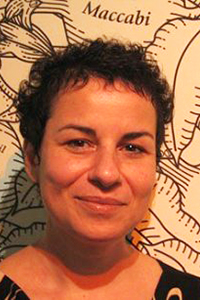
Among the panelists, Avril Alba, who is a senior lecturer in Holocaust studies and Jewish civilization at the University of Sydney, reflected on how Holocaust museums have begun to embody a more self-reflexive museology, accompanied and informed by internal and public debates as well as indigenous scholarship. Increasingly influenced by both public and private intergenerational forces as well as local and indigenous histories, museums, as Alba argued, must engage with the complex and often contested processes of interpretation and entangled acts of working through a traumatic past that consider larger and mindful points of forging connection between different violent legacies.
Alba discussed the redevelopment of the Sydney Jewish Museum’s permanent Holocaust exhibition on human rights, which is believed to be the first of its kind in Australia. She reflected on contentious, yet productive nature of this endeavor with regard to the emergent link between Jewish and Aboriginal histories of dispossession as well as the continuing instances of genocide and mass atrocities in the 20th and early 21st centuries. Specifically, the Sydney Jewish Museum’s permanent Holocaust exhibition allowed visitors to explore human rights themes from different perspectives, focusing on human rights of Indigenous peoples, people with a disability, asylum seekers and refugees, and LGBTIQ rights. The exhibition urged both scholars and artists to understand the museum as a “community,” which provides a space for discussing both the Holocaust past and ongoing human rights issues.
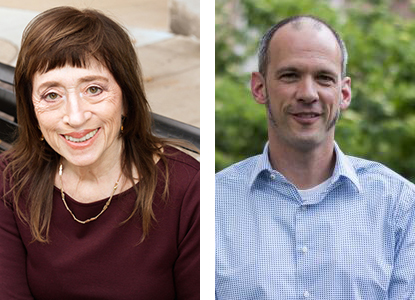
Another panelist, Zahava D. Doering, who is an editor emerita of Curator: The Museum Journal, also focused on this similar societal role of museums and their instructional feature in relation to the experience of people who visit museums. Doering discussed how museums relate to their visitors and how visitors have particular needs, emotions and expectations during their museum visits. This twofold relation renders museums more inclusive for people whose lives have been oppressed and marginalized in multiple ways in the global age.
In this similar instructional vein, David Cunningham, who is a professor and chair of sociology at Washington University, presented the role and function of public commemorative objects as “memory work” within the enduring legacies of racist violence. Within the recent wave of conflicts around Confederate monuments and other sites of contested memory, Cunningham reflected on how public memorials and objects can introduce active resistance to the status quo and violent histories. By giving examples from both St. Louis and Alabama, he underscored how public memorials and objects can be radically reconceptualized within a broader ecology that paves the way for an inclusion of silenced voices and histories.
Ultimately, this inspiring roundtable ended with a series of significant comments and questions about the burgeoning political curatorial endeavors to decenter European paradigms and expose as well as challenge colonially and racially created subjectivities in museums and public spaces.
The Holocaust Memorial Lecture was followed by another similar and remarkable event that took place two days later in the form of a webinar with collaboration among the Mildred Lane Kemper Art Museum, the Center for the Humanities at Washington University, and the Center for the Study of Race, Ethnicity and Equity. This lecture, by Michael Rothberg, chair in Holocaust studies and professor of English and comparative literature at the University of California, Los Angeles, was titled “Multidirectional Memories, Implicated Subjects and the Possibilities of Art.” He focused on how different sites of historical violence and trauma come together and confront each other in the public sphere, without reducing them to either the same type of suffering or to utterly separate events.
Rothberg discussed his seminal books Multidirectional Memory: Remembering the Holocaust in the Age of Decolonization (2009) and The Implicated Subject: Beyond Victims and Perpetrators (2019), with an emphasis on contemporary artworks and possibilities for critical curatorial practices in museums. Rothberg’s lecture opened up significant questions about historical and political responsibility within particular intersections of power and injustice. His recent concept of “implicated subjects” — whose positions, as Rothberg argues, are located between the perpetrator, bystander and victim — is poised to question the complex lines of direct or indirect connections to both histories of victimization and perpetration.
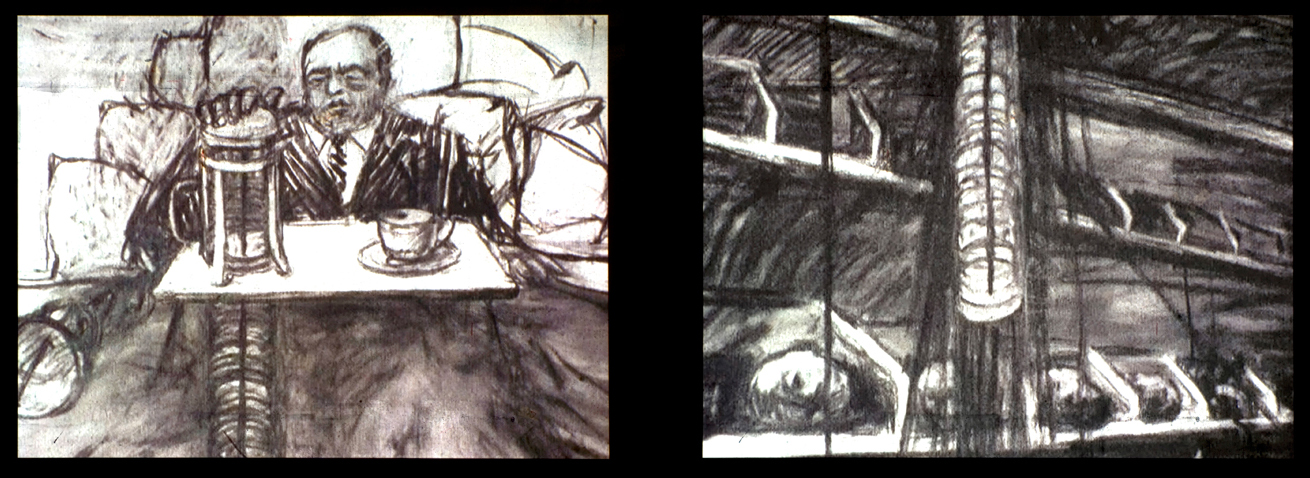
Rothberg drew attention to responsibilities for violence and injustice, shifting our established understanding of accountability from a pure focus on guilt to a less legally and emotionally charged terrain of historical and political responsibility. Arguing that the familiar categories of “victim,” “perpetrator” and “bystander” do not adequately account for our connection to injustices past and present, Rothberg offered a new theory of political responsibility through the figure of the implicated subject. His lecture built on the comparative, transnational framework of analysis of cultural texts, archives, memorials, public objects and activist movements from such contested zones as post-apartheid South Africa, contemporary Israel/Palestine, post-Holocaust Europe and a transatlantic realm marked by the afterlives of slavery. In particular, by taking implication as an analytical and transformative tool, Rothberg discussed the work of William Kentridge, a South African Jewish artist who is best known for his prints, drawings and animated films. Rothberg demonstrated how Kentridge’s art makes visible our own ways of implication in violent histories that we cannot necessarily see. This lecture ended with a series of reflections on the ways we confront our own implication in difficult histories and engage with novel forms of internationalism and long-distance solidarity.
Both the 2020 Holocaust Memorial Lecture and Rothberg’s lecture encouraged us to reconsider what we choose to remember and, more importantly, how we choose to grasp difficult and violent histories, their enduring legacies and our own responsibilities in the acts of violence as well as our multiple connections to injustices past and present. Memorials and museums, I believe, are encouraged by this notion of multiplicity and plurality to implicate each of us in finding better stories of accountability for our pasts and our presents.
Also by Deniz Gundogan Ibrisim: Trauma: Beyond PTSD and Pathological Closure in Contemporary Literature
Headline image: National Memorial for Peace and Justice, Montgomery, Alabama. Photo by DiAnna Paulk/Shutterstock




